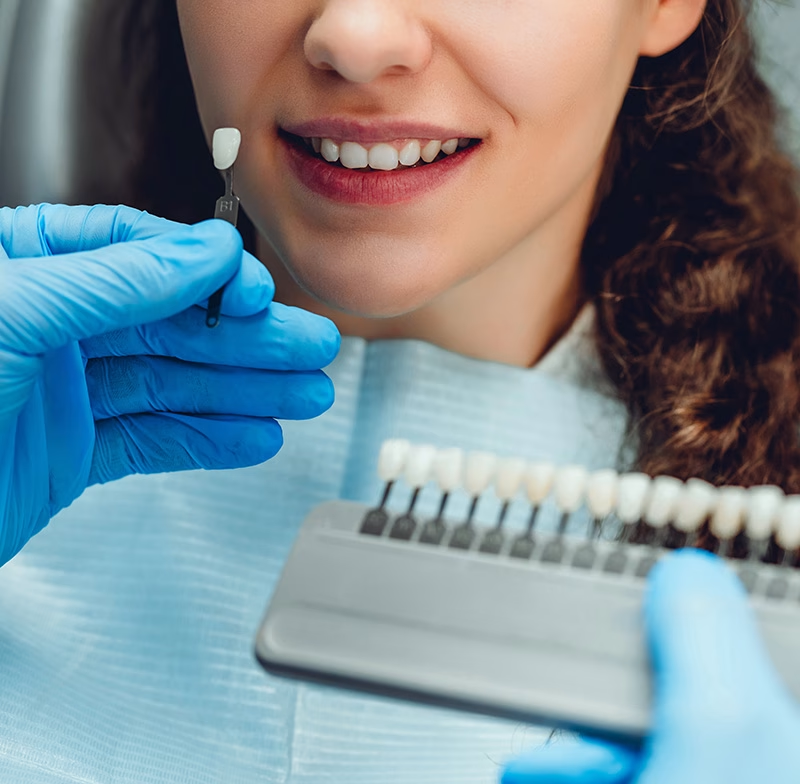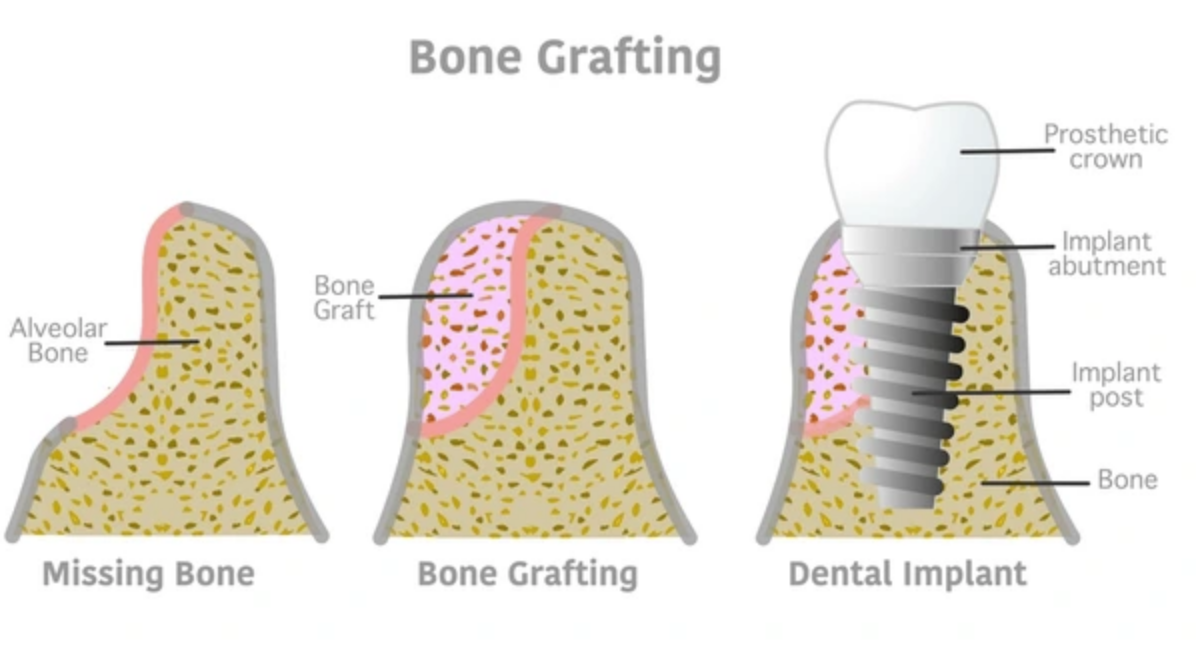
Our dental clinic located directly in Central London serves In-Office Professional Whitening with our team of specialist dentists.
Our dentists serving In-Office Professional Whitening treatments are registered specialist dentists in London, who are all registered with the GDC. Our In-Office Professional Whitening treatments that we provide to City of London and Greater London Area residents are all approved under BDA, GDC and UK standard guidelines.



You can feel welcome and safe choosing London Dental Specialists for your In-Office Professional Whitening in London. You have a full team of dental specialists behind you with a periodontist, orthodontist and endodontist which enables us to take care of your entire smile with any dental procedure necessary for your perfect smile. Don't just take our word for it, watch this video including our real In-Office Professional Whitening patients as a testimony to our expertise:
Contact us and lets get started with helping your dental health and comfort with our In-Office Professional Whitening treatments, and we can set up a consultation in which we plan our how our In-Office Professional Whitening in London can best serve you.

At London Dental Specialists, our in-office professional whitening treatment is a meticulously structured process designed to deliver optimal results. It begins with a comprehensive consultation and assessment to evaluate your oral health and discuss your whitening goals. Following this, we develop a personalised treatment plan tailored to your specific needs. The procedure itself involves the careful application of professional-grade whitening agents, ensuring both safety and effectiveness. Post-treatment, we provide detailed aftercare guidance to help maintain your brighter smile.

Fill the form below, and let's get started with a In-Office Professional Whitening consultation.


Principal Dentist & Specialist in Periodontics
BDS MFDS RCS(Ed) MSc(Rest Dent) MClinDent(Perio) MPerioRCS(Ed)
GDC No: 104071

Specialist in Endodontics
BDS MFDS RCS(Ed) FHEA MClinDent(Ed) MEndoRCS(Ed)
GDC No: 150517

Specialist in Orthodontics
DipDS Athens MS(Ortho) OSU
GDC No: 228487

Considering professional teeth whitening? At London Dental Specialists, our in-office whitening delivers dramatic results in just one visit. Using high-concentration bleaching agents activated by specialised light, we can brighten your smile by six to eight shades in a single 60-90 minute appointment. The procedure is completely painless, allowing you to relax while we transform your teeth. Though not permanent, professional whitening offers longer-lasting results than at-home alternatives. Many patients have questions about the process, effectiveness, and what to expect during treatment. Below, we've answered the most common queries to help you decide if our professional whitening service is right for your smile goals.
In-office professional teeth whitening is a dental procedure performed by qualified dentists at London Dental Specialists to brighten your smile. The treatment involves applying a high-concentration hydrogen peroxide gel to your teeth, which is then activated by a special light to break down stains and discolouration. This professional procedure is significantly more effective than at-home whitening options, delivering noticeable results in just one appointment.
In-office teeth whitening at London Dental Specialists is highly effective, typically brightening teeth by six to eight shades in a single session. The professional-grade whitening agents used contain higher concentrations of active ingredients than over-the-counter products, allowing for more dramatic results. Most patients experience immediate, visible improvements to their smile after just one treatment.
In-office teeth whitening at London Dental Specialists is not painful. The procedure itself causes no discomfort whatsoever. Some patients may experience temporary sensitivity following treatment, but this typically subsides within 24-48 hours. Our dentists take precautions to minimise any potential sensitivity and can provide recommendations for managing any post-treatment sensations.
An in-office whitening appointment at London Dental Specialists typically takes 60 to 90 minutes. During this time, your dentist will apply the whitening compound to your teeth, activate it with a specialised light, and may repeat the process multiple times to achieve optimal results. The entire procedure is completed in a single visit, making it a convenient option for patients with busy schedules.
In-office whitening results are not permanent but can last between 1-3 years with proper care. To maximise longevity, we recommend:
Occasional touch-up treatments can help maintain your bright smile for longer periods.
During an in-office whitening procedure at London Dental Specialists, your dentist will:
Good candidates for in-office teeth whitening at London Dental Specialists include patients with healthy teeth and gums who have extrinsic stains (surface stains) from coffee, tea, wine, or tobacco. The treatment works best on yellow-tinted teeth rather than grey tones. It's not recommended for patients with extensive dental restorations, severe tooth sensitivity, or pregnant/breastfeeding women. A consultation with our dentists will determine if you're suitable for the procedure.
There is no downtime after in-office teeth whitening at London Dental Specialists. You can immediately return to your normal activities following treatment. However, we recommend following a \"white diet\" (avoiding foods and drinks that can stain) for 48 hours after treatment to maximise results. Some patients may experience temporary tooth sensitivity, but this typically resolves quickly and doesn't interfere with daily activities.
In-office whitening at London Dental Specialists delivers superior results compared to at-home kits in several ways:
While at-home kits are less expensive, professional in-office whitening provides more significant, immediate, and longer-lasting results.

| Product | Brands | What it Takes Care of | Details |
|---|---|---|---|
| Sensitivity Relief Toothpaste | Sensodyne Repair & Protect, Colgate Sensitive Pro-Relief | Post-whitening sensitivity | Helps manage tooth sensitivity common after professional whitening treatments. |
| Ultra-Soft Toothbrush | Oral-B Sensitive, Colgate Ultra Soft | Gentle cleaning | Prevents irritation of potentially sensitive gums after whitening. |
| Whitening Maintenance Toothpaste | Oral-B 3D White, Colgate Max White | Colour maintenance | Helps maintain professional whitening results for longer. |
| Alcohol-Free Mouthwash | Listerine Zero, Corsodyl Daily | Gentle rinsing | Won't irritate sensitive teeth or gums after whitening treatment. |
| Straw Set | Lakeland, John Lewis | Stain prevention | Helps avoid new staining from tea, coffee and red wine. |
| Whitening Maintenance Pen | Philips Zoom, Boots Expert | Touch-up whitening | For occasional touch-ups between professional treatments. |
| Sensitivity Relief Gel | Sensodyne, Colgate Sensitive Pro-Relief | Immediate sensitivity relief | Apply directly to sensitive areas for quick relief after whitening. |
| pH Neutralising Rinse | GC Tooth Mousse, BioMin | Enamel protection | Helps remineralise enamel that may be temporarily weakened after whitening. |
| Travel Whitening Kit | Oral-B, Colgate | On-the-go maintenance | Maintains whitening results while away from home. |
| Whitening-Safe Floss | Oral-B Glide, TePe | Interproximal cleaning | Gentle floss that won't irritate potentially sensitive gums. |
| Whitening Maintenance Trays | Philips Zoom, Enlighten | At-home maintenance | Custom-fitted trays for occasional at-home maintenance treatments. |


London Dental Specialists provides expert In-Office Professional Whitening services across Central London's premier districts, including Mayfair, Soho, Westminster, and Belgravia. Our Harley Street clinic is ideally situated to serve patients from prestigious areas such as Knightsbridge, Marylebone, and the City of London. With excellent transport links and a central location, we're easily accessible to residents and professionals in Bloomsbury, Fitzrovia, and Clerkenwell.

Our In-Office Professional Whitening services extend throughout London's vibrant inner suburbs, serving patients from well-connected areas within 5-10km of central London. From the artistic quarters of Camden and Hackney to the residential neighbourhoods of Islington and Brixton, we provide expert dental implant care to patients across these diverse communities. Our clinic is easily accessible via public transport from areas such as Fulham, Greenwich, and Hampstead.

We extend our In-Office Professional Whitening expertise to patients throughout Greater London's outer regions, serving communities beyond the 10km radius of central London. From the residential areas of Enfield and Harrow to the suburban communities of Bromley and Croydon, our specialists provide the same exceptional level of care to patients in these outer London locations. With convenient transport links and flexible scheduling, we make advanced In-Office Professional Whitening treatment accessible to residents throughout these broader London areas.
